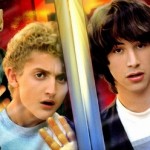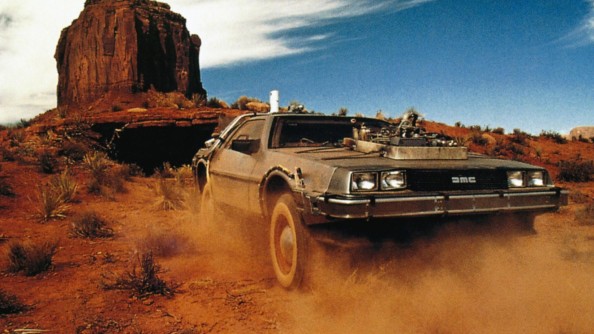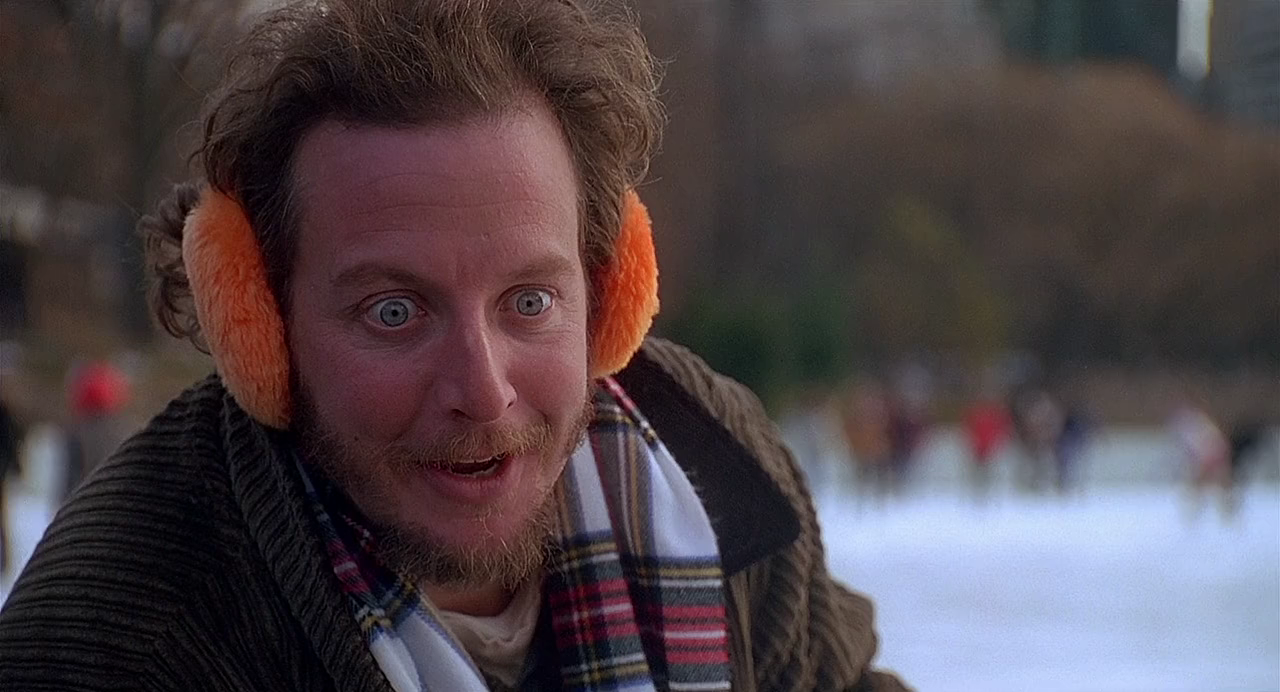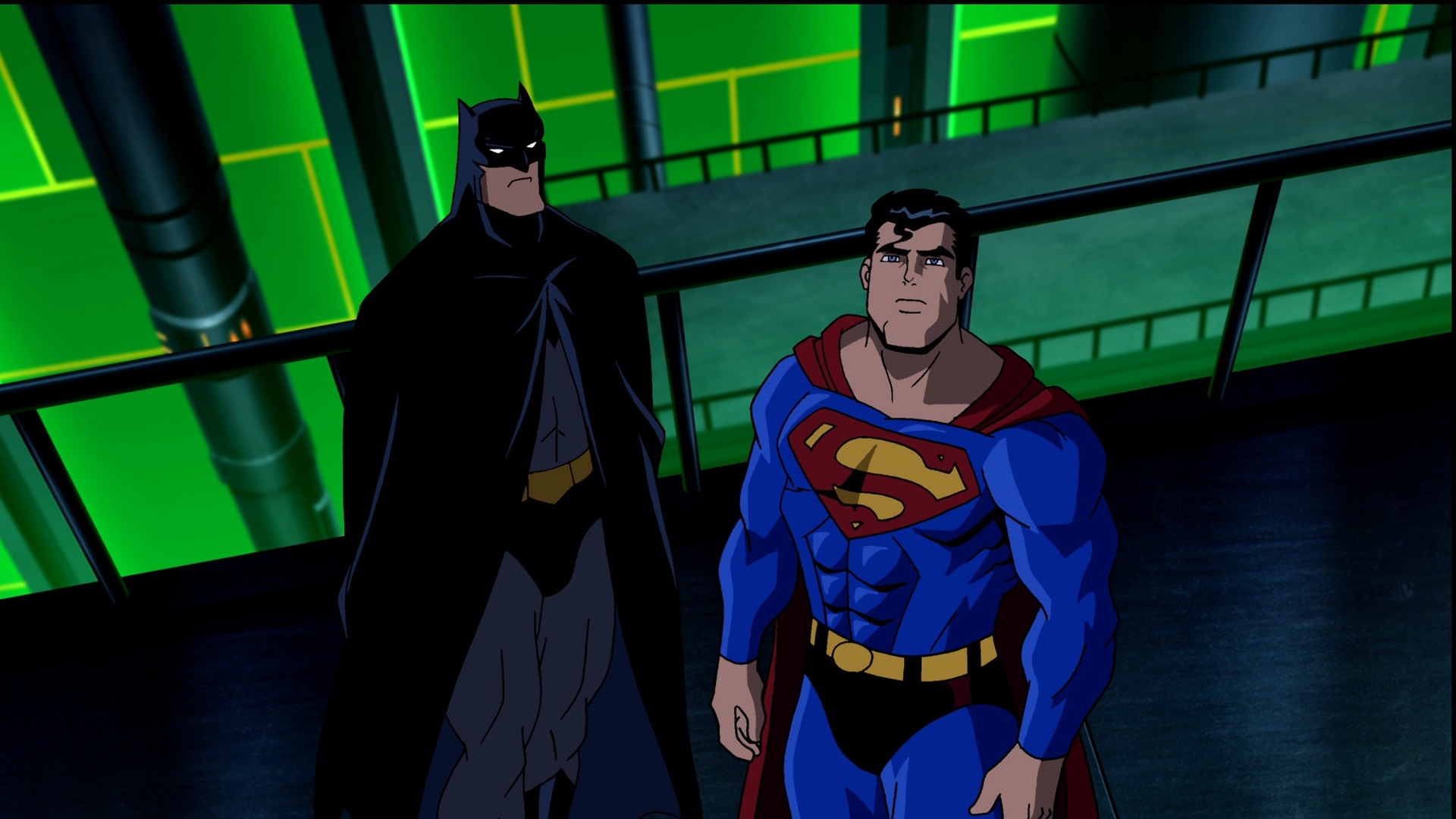Time travel is an element that has been used in film since its early days of initial inception. It’s a topic that has been constantly debated by scientists and one of the most intriguing subjects in science fiction film.
Recently over the course of a little more than 25 years, cinema has had the means and resources to incorporate time travel into a variety of films of all genres. The Watch Shop has a great infographic about Time Travel in film to help put these films in perspective.
 In films like Bill and Ted’s Excellent Adventure time travel has been used with little definitive explanation to focus on a comedic aspect. Using a telephone booth as a time machine, the main characters interact with iconic characters (or should we say caricatures) of the past all for the ridiculous purpose of getting a good grade on their history report.
In films like Bill and Ted’s Excellent Adventure time travel has been used with little definitive explanation to focus on a comedic aspect. Using a telephone booth as a time machine, the main characters interact with iconic characters (or should we say caricatures) of the past all for the ridiculous purpose of getting a good grade on their history report.
Back to the Future followed in a similar comedic suit but coupled comedy with drama by including a more logically sound explanation for time travel and the purpose of its use. This film blended the elements of comedy and definitive logic so well that it became one of the most prominently recognizable films based on time travel to date.
 This generation of films have become so evolved that the focal point of the film does not have to be time travel. Today’s technology has allow filmmakers to include time travel efficiently as a socially acceptable mechanism or catalyst for driving the main plot of films like Star Trek, Harry Potter, and most recently X-Men: Days of Future Past.
This generation of films have become so evolved that the focal point of the film does not have to be time travel. Today’s technology has allow filmmakers to include time travel efficiently as a socially acceptable mechanism or catalyst for driving the main plot of films like Star Trek, Harry Potter, and most recently X-Men: Days of Future Past.
There is no denying that time travel has been a theorized scientific phenomena that intrigues and captivates audiences. Unless we somehow discover a way to make time travel a reality, it will continue to be a cinematic mystery that we will all enjoy watching unfold on the big screen.























